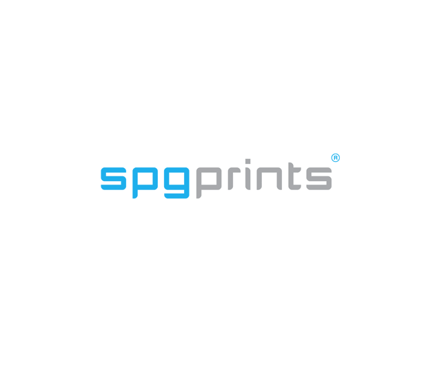To achieve optimal efficiency, reliable runnability for your printing process is crucial. This is always the case, but it is particularly important for digital sublimation printing. In this blog, we explain why this is vital for a digital sublimation printing machine and how to achieve ultimate runnability in order to maximise uptime.
The rise of digital sublimation for fabric printing
For a long time, direct disperse printing has been the most widely used textile printing technique for printing polyester fabrics, especially for sportswear, because disperse is known for its washing fastnesses. After all, sportswear is washed often. In other markets, digital sublimation printing quickly became more popular because the process is much simpler, and this technology is known to be much more sustainable (because no steaming and washing are required).
Two developments caused sports brands to make extensive use of digital sublimation printing as well. First, technology developed rapidly. Nowadays, the ink migrates much further into the fabric during sublimation, improving the through print (no white back of the fabric) but also the washing fastnesses.
.jpg?width=760&height=507&name=221011-Maschinen-09%20(1).jpg)
The importance of good runnability with digital sublimation printing
In addition to the advantages of sublimation printing mentioned above, sublimation printers regularly run 24 hours a day - or at least for long, continuous periods of time. Often this even happens without any operators present. With regular (dispersed) fabric printers, most companies keep an operator present at all times to avoid spoilage of costly fabric if, for instance, a wrinkle in the fabric makes the printer stop. With sublimation printing, where feeding paper through a printer is much more stable, stand-alone use is much more common.
This makes runnability for all other components and also the consumables that are used extremely important in digital sublimation printing machines. The printer must be able to keep running without defects like blocked nozzles or other breakdowns.
Good runnability leads to less downtime (and thus more efficiency and productivity), but it also results in less ink waste. After all, if a blocked nozzle requires flushing (purging), a little bit of ink is lost. To reduce the frequency of a need to purge, SPGPrints’ newest sublimation printer is equipped with a solution (more on that later in this blog).
Two forms of runnability - and why this matters
In the previous chapter, we mainly referred to runnability as in producing unattended print jobs. However, there is another form of runnability: restarting the printer after being out of operation for a while.
The risk of blocked nozzles is most significant if a printer stands still for a longer period. This has everything to do with the ink drying in the nozzles after a period of non-printing, as the ink may be exposed to air during that time. To solve this, purging (or even more aggressive cleaning) is often necessary. As mentioned, this results in some ink waste. In addition, the startup process takes more time.
.jpg?width=4267&height=2400&name=221011-Menschen-03%20(1).jpg)
In short, you want the digital sublimation printing machine to keep running during the printing process, but you also want to prevent the startup process from taking unnecessarily long. The latter can be achieved primarily by preventing ink from drying.
In the latest generation of digital sublimation printing machines, both forms of runnability have been considered. By making the printing process interference-free and the startup process as smooth as possible, digital sublimation printing becomes even more efficient and productive. That has everything to do with a feature called recirculation.
Recirculation - all the way to the nozzle plates
Recirculation means that the ink continues to recirculate within the printing machine. Because the ink remains in motion, it won’t dry. As a result, the nozzles do not need to be purged first when starting up.
What is crucial here is that this recirculation takes place all the way to the nozzle plates. If this is not the case, stagnant ink remains in front of the nozzle holes.
This is why Rose (the latest digital sublimation printing machine from SPGPrints) has recirculation all the way to the nozzle plates. This technology is also used on SPGPrints' Archer Technology printers PIKE, JAVELIN and Magnolia.
Not only the printer's nozzles and recirculation are essential in preventing unwanted drying of the inks in the printhead. The ink itself is also critical. Sublimation dye is being milled, which means, by definition, that not all particles are exactly the same size. The smaller the average particle size, and the smaller the deviation of particles from this average, the better the ink's runnability.
.jpg?width=4267&height=2400&name=221011-Menschen-06%20(1).jpg)
Your own future-proof printing process with optimal runnability
Curious about what a digital sublimation printing machine can do for your printing process? Request a Personal Sample for your application and make your printing process future-proof:
You can also watch our webinar about digital sublimation printing here. If you have any other questions about setting up a future-proof, sustainable printing process, feel free to contact our experts; they’d love to help!
.jpg?width=760&name=221011-Menschen-03%20(1).jpg)





